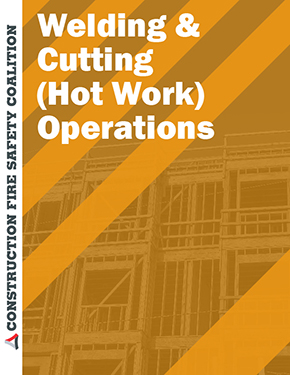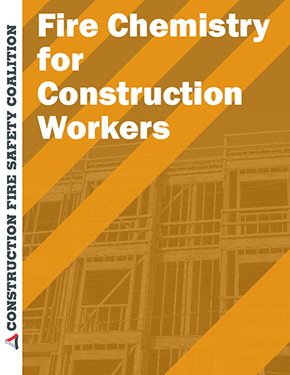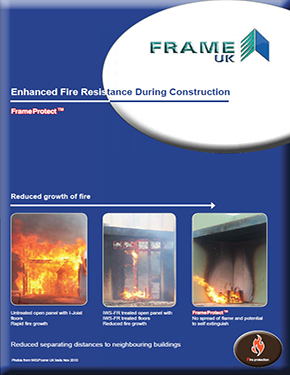Fires during construction can be even more damaging than a fire occurring in a completed building. This is due to several factors, including but not limited to: fire sprinkler systems might not be fully installed; fire alarms might not yet be installed; adequate fire rated enclosures may not have been provided yet; and fire rated building divisions may not be present. All of these features are designed into a building to function once they are occupied.
This condition requires that we understand the concepts of hazard and risk.
Terminology
The terms hazard and risk are often used interchangeably. But they are not the same thing.
Reviewing dictionaries on these two terms often results in some confusion. In actuality, the term hazard can be used for as mundane a topic as a location on a golf course where it is difficult to make effective shots. The more commonplace use of the word hazard has to do with workplace health and safety.
Therefore the purpose of this paper is to provide a definition of what these two terms mean in the context of fire safety for buildings under construction.
The term hazard is used to describe something that can cause potential damage, harm injury, fatality or adverse health effects under specific conditions that exist at work.
A risk on the other hand is the chance or probability that an individual we will be injured or experience an adverse health effect if they are exposed to that hazardous condition. Risk also applies to situations such as property loss, including fires that can cause injury.
Fire hazards, in general, are a direct result of fuels being exposed to sufficient heat to cause ignition. Uncontrolled energy such as open flames, sparks, electrical energy and even chemical reactions that are allowed to exist in an area where fuels are not properly controlled is the recipe for a fire hazard.
There are many factors that affect both risk and hazard. Among these are the ideas that the more often a person is placed in a scenario where a ignition of fuels can occur, the more likely there will be an adverse outcome resulting in a fire.
At this point is important to realize that there is a range of outcomes that can result from a hazard. For example, a small fire that is controlled by fire extinguisher may not result in much injury to personnel or damage to the structure, but a fire it gets out of control and requires extensive efforts to extinguish can destroy property and lives fairly quickly.


